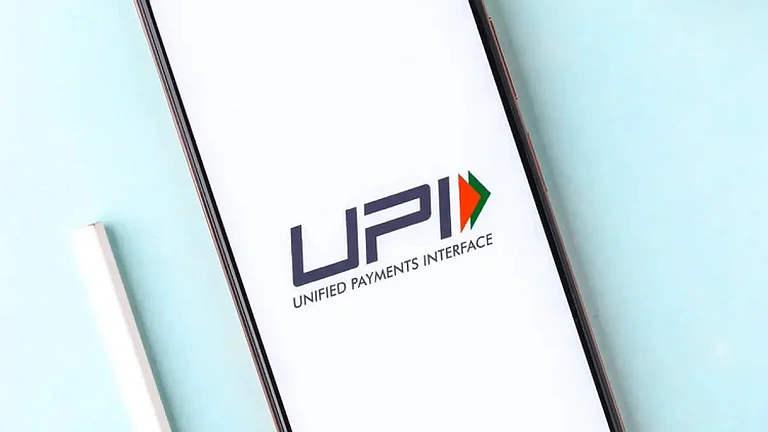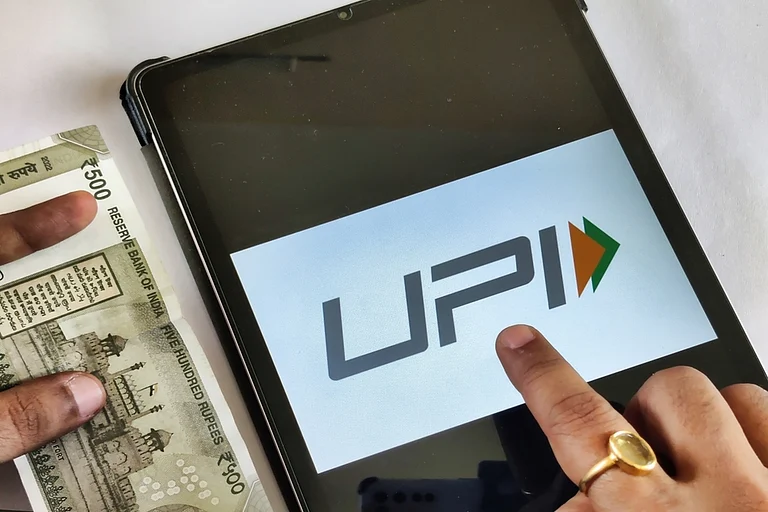In 2024, a total of 268 companies brought their Initial Public Offer (IPO), and out of these, 90 companies were listed on the NSE and BSE and the remaining 178 on SME platforms. There has been a notable increase in participation from small investors, which can be attributed to both market enthusiasm and the convenience of using UPI for IPO transactions. The RBI's Payment System Report for December 2024 highlights, “The IPO payment through UPI received a massive response from the investors”. It notes that the peak value of transactions for IPOs executed through UPI coincided with the peak of the total issue size of IPOs for a particular month.
The report shows that there are 30 UPI apps live on IPO, seven sponsor banks, and 51 customer banks that can act as issuer banks on the platform.
How Has UPI Made The IPO Subscription Process Easy?
UPI was launched in 2016. In 2019, the ‘one-time mandate’ facility was started for investors to make payments to an IPO. Since then, it has been gaining ground and becoming popular among the masses.
The process has undergone a tremendous change with UPI. An investor only needs a working UPI ID and a PIN for a UPI-compatible app offered by the Self Certified Syndicate Banks (SCSBs). UPI makes the transaction process in IPO easy by serving the dual purpose of blocking the fund in the bank account, and in case of allotment, transferring the funds to a specified Escrow Bank, and in case of non-allotment, unblocking the fund in the investor’s account by the SCSBs.
As per the report, “The incorporation of UPI in the public issue framework substantially enhances user convenience, streamlines the process, and shortens the time required for public issues to be listed”.
Why UPI usage has increased in IPO subscriptions?
With digitalisation and UPI adoption by the masses, its easy use, market euphoria, and the IPO craze for a quick profit are a few of the reasons behind rising UPI usage for IPO investment. Earlier, the process was offline and time-consuming and that’s why many people could not participate because they didn’t have access to the required application forms or due to paucity of time.
Mohan K, Founder, TechFini, says, “The introduction of the UPI-based ASBA (Application Supported by Blocked Amount) system has simplified the investment process, making it easier for retail investors to apply without needing to transfer funds upfront. UPI’s easy accessibility through mobile apps has also empowered a broader base of retail investors, including first-time and small-scale investors, to participate in IPOs without needing a Demat-linked net banking facility. Furthermore, UPI enables faster refunds in case of IPO rejections, improving investor confidence, as refunds are nearly instantaneous compared to the delayed processing through traditional banking channels”.
Another reason could be the higher limit of Rs 5 lakh for IPO subscription and Retail Direct Scheme, which was increased in December 2021. This limit of Rs 5 lakh also applies to payments for medical and educational services. However, for other payments, it is Rs 1 lakh, and for payment to mutual funds, credit cards, loan re-payment, equated monthly payments (EMIs), insurance, etc., it is a bit higher at Rs 2 lakh.
The enhanced limit for IPO is also a potential reason for more people using UPI while applying for IPOs. And that was the objective too for enhancing the limits for specific purposes. As the report reads, “The UPI transaction limit was raised from Rs 2 lakh to Rs 5 lakh to promote increased participation of retail customers in financial markets, including investments in G-secs through the Retail Direct Scheme and payments for Initial Public Offerings (IPOs)”.
The measures taken from time to time for UPI’s better penetration in terms of enhanced limits, and launching different UPI variants, and features to meet diverse needs have increased its user base and usage. UPI in IPO is one of the examples of it. UPI transactions are growing every month. In December UPI transactions stood at 539.68 million, compared to 516.07 million in November 2024.













